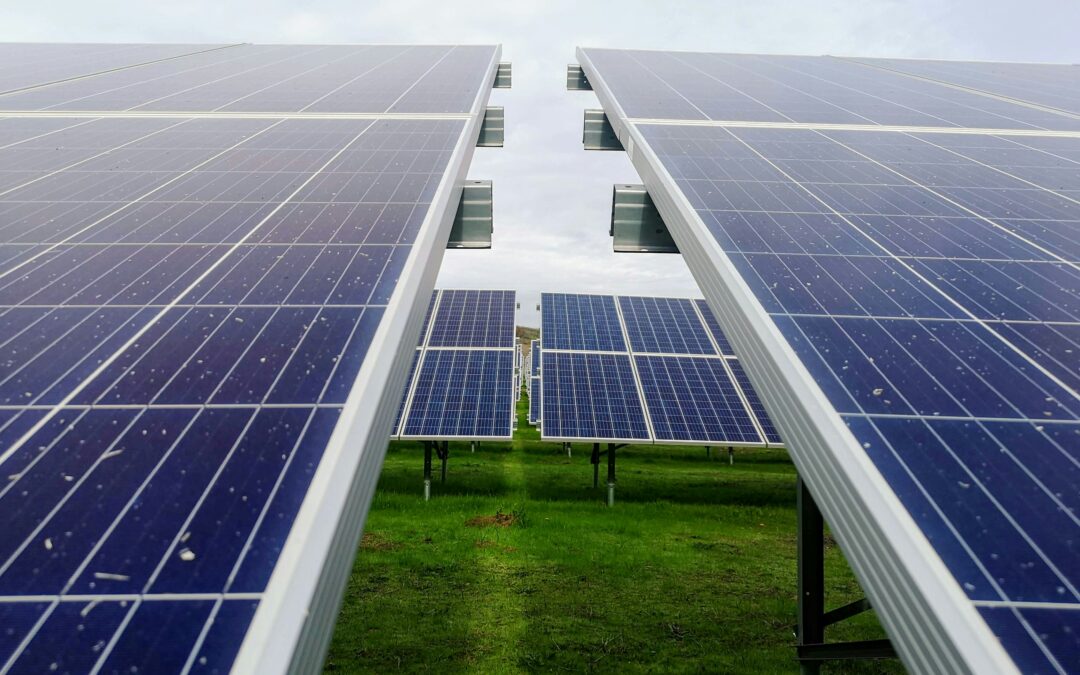Bifacial solar panels have emerged as a promising innovation within renewable energy, offering distinct advantages over traditional monofacial panels. By utilizing sunlight from both sides of the panel, bifacial technology enhances energy production and efficiency, making it a compelling choice for various applications in the solar industry.
A Range of Advantages
Among bifacial solar panels’ numerous benefits, their increased energy yield is perhaps the most crucial. Unlike monofacial panels that only capture sunlight on one side, bifacial panels utilize both the front and rear surfaces to generate electricity. This dual-sided absorption allows bifacial panels to collect energy from both direct sunlight and reflected sunlight from surrounding surfaces such as the ground, buildings, or even clouds. As a result, bifacial panels can achieve higher energy output compared to their monofacial counterparts, especially in environments with ample diffuse light or reflective surfaces.
Bifacial panels’ versatility makes them suitable for a wide, energy-efficient range of installation scenarios. Whether mounted on the ground, on rooftops, or integrated into building facades, bifacial panels can adapt to diverse environments and orientations. This flexibility maximizes energy production and enhances the aesthetic integration of solar technology into architectural designs.
Another advantage of bifacial solar panels is their improved performance under varying environmental conditions. Traditional monofacial panels are highly dependent on direct sunlight and can experience efficiency losses due to factors such as shading, soiling, or temperature fluctuations. In contrast, bifacial panels are less susceptible to these issues since they can capture additional light from different angles and surfaces. This inherent resilience makes bifacial technology particularly well-suited for challenging environments where shading or soiling may be prevalent, such as urban areas or dusty regions.
Moreover, the longevity and durability of bifacial panels contribute to their cost-effectiveness over the long term. With advancements in materials and manufacturing processes, modern bifacial panels exhibit robust construction and weather resistance, ensuring reliable performance throughout their lifespan. In this sense, durability can reduce maintenance requirements while enhancing the overall return on investment for solar projects, making bifacial technology an attractive option for both utility-scale and distributed installations.
Bolstering Sustainability
In addition to their energy-generating capabilities, bifacial solar panels offer environmental benefits by reducing the carbon footprint associated with electricity generation. By harnessing clean, renewable energy from the sun, these panels help mitigate greenhouse gas emissions and combat climate change. Furthermore, the sustainability of solar power extends beyond its operational phase, as many components of bifacial panels are recyclable, contributing to the circular economy and reducing waste.
Furthermore, efficiency gains achieved with bifacial technology can have significant implications for the economics of solar energy. Bifacial panels maximize their energy yield per unit of area, enabling higher energy density and reducing land requirements for solar installations. This increased efficiency not only optimizes land use; it also lowers the levelized cost of electricity, making solar power more competitive with conventional energy sources.
Bifacial solar panels represent a compelling advancement for photovoltaic technology, and as the renewable energy transition accelerates, bifacial technology should remain instrumental in shaping the future of solar power generation.
At Appraisal Economics, our vast solar valuation expertise and insights on renewable energy innovations like bifacial solar panels is sure to meet your needs. Be sure to contact us to learn more about our suite of research-driven valuation offerings.

